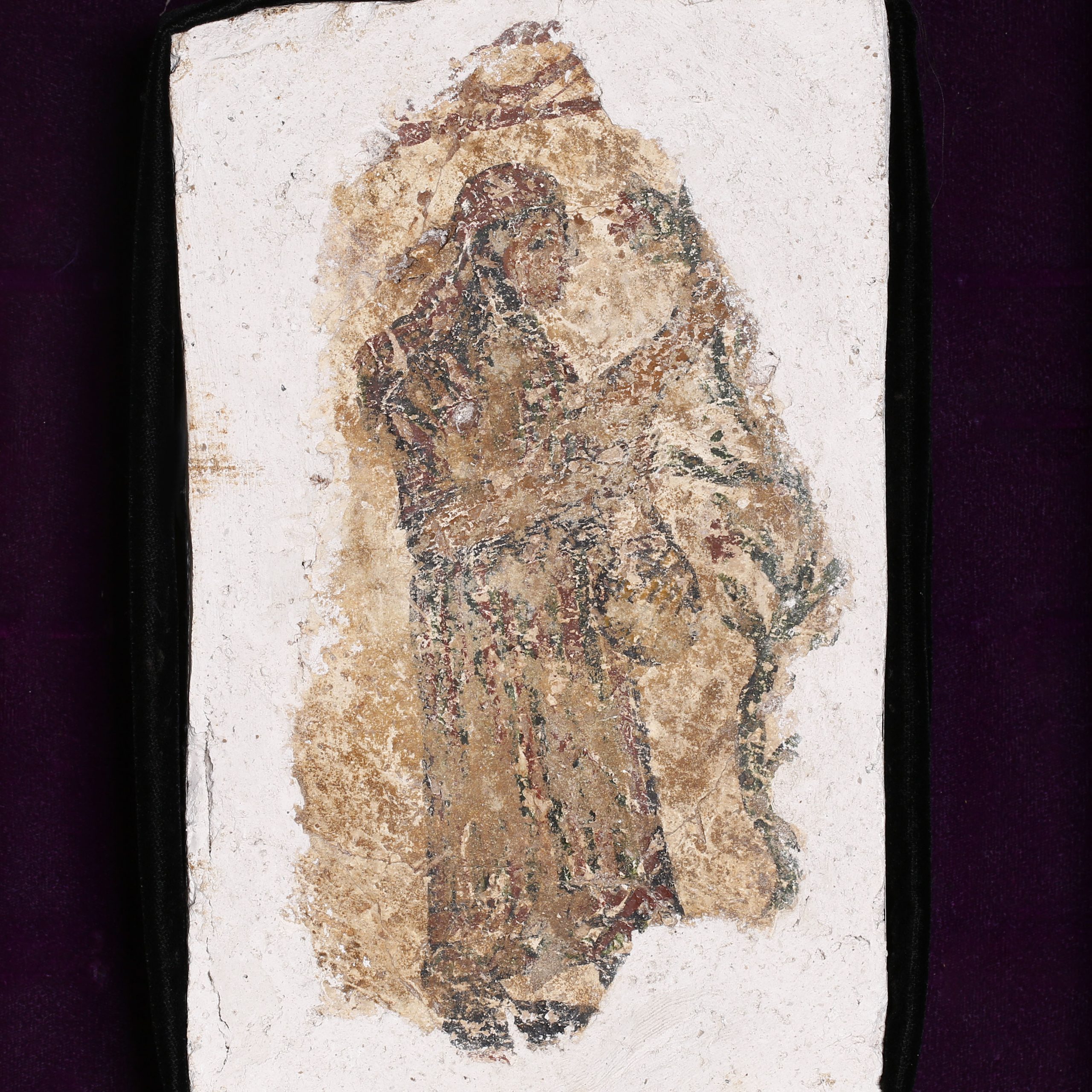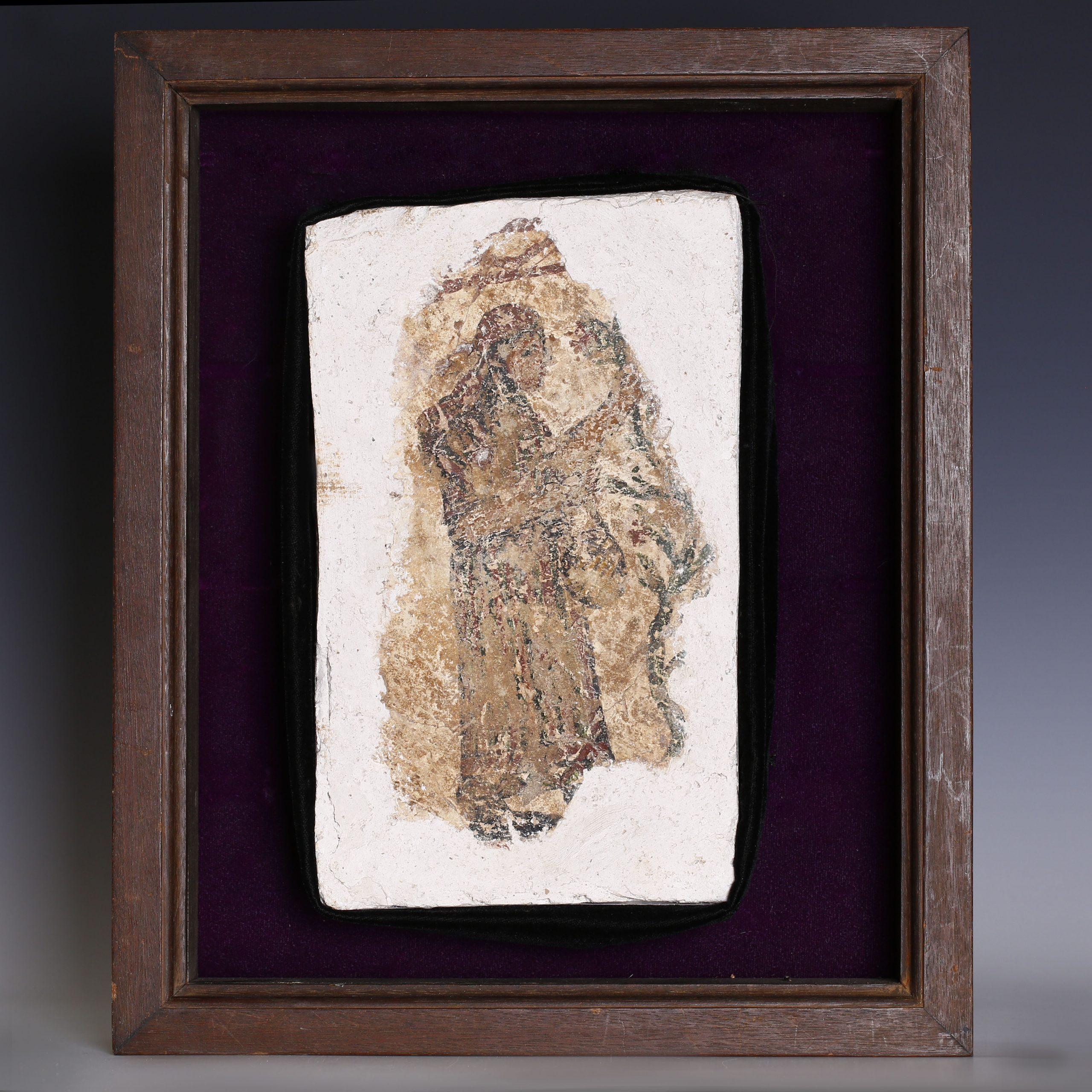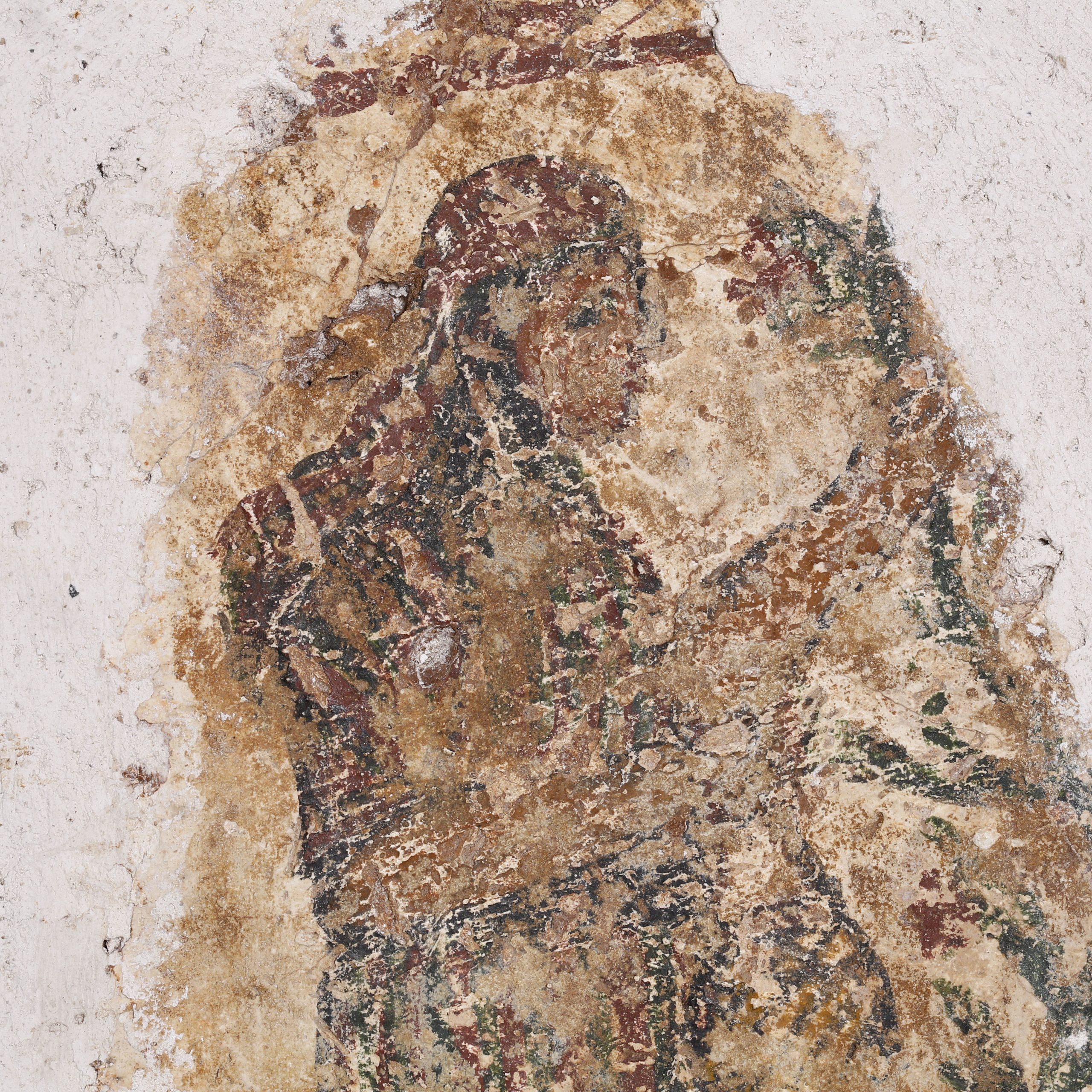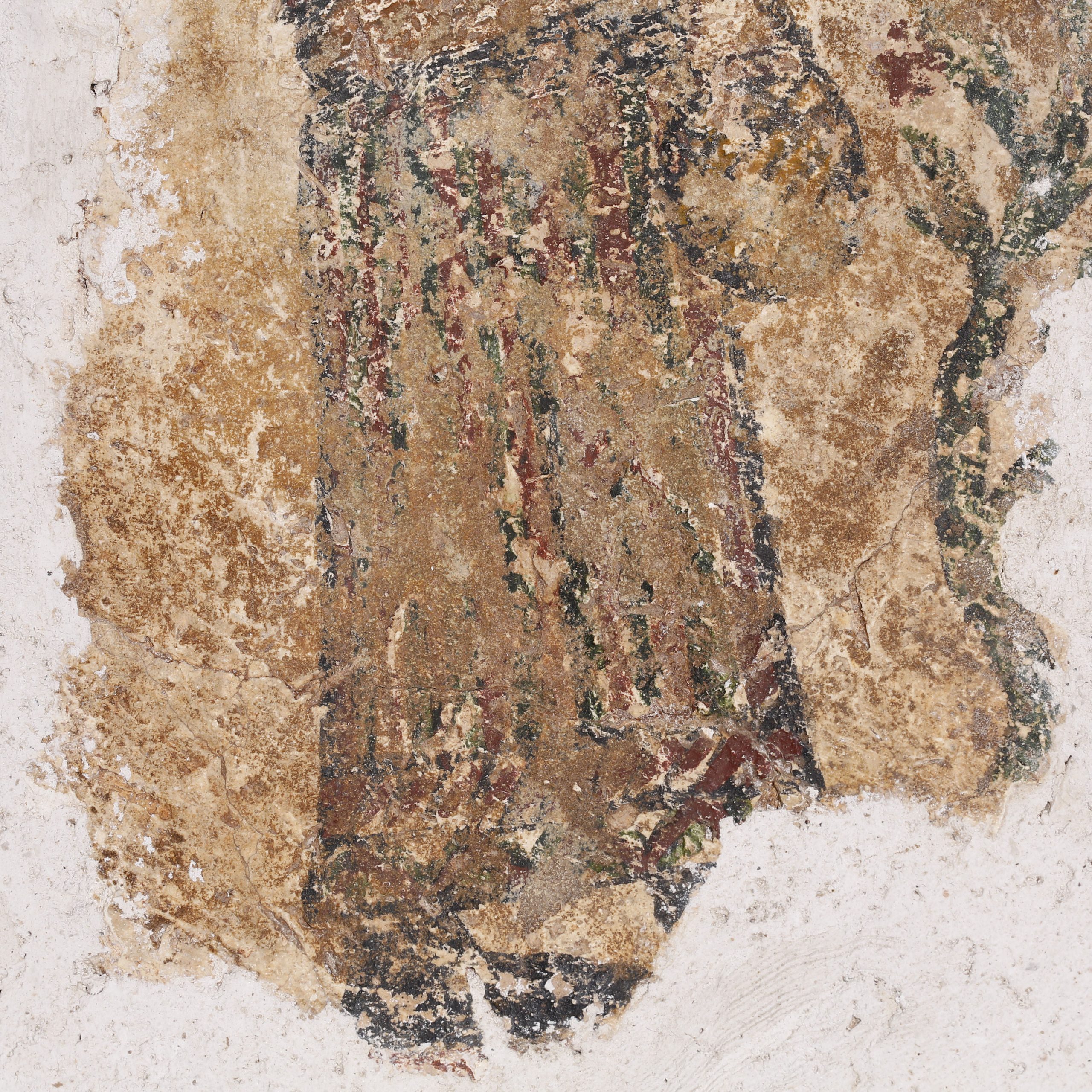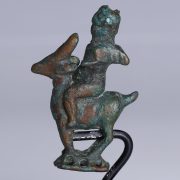In Antiquity frescoes were used to ornament walls, including those of the villae urbanae, houses of wealthy citizens, and those of public and religious places, like baths and temples. When Mount Vesuvius erupted on the 24thof August 79 AD, the cities of Pompeii and Herculaneum were completely buried. This catastrophic event however, allowed archaeologists to discover two Roman cities completely intact and untouched by the passing of time. The majority of the known Roman frescoes have been recovered from the villas and public spaces of those two important cities, providing a unique testimony of the pictorial techniques and artistic themes during the Roman Empire. Roman pictorial practices and techniques are explained by Vitruvius, author of the fundamental architecture manual De Architectura. Vitruvius describes how the plaster would have been carefully built up to as many as seven layers, with the addition of marble powder in the top layers to create a mirror-like reflection to the surface. Finally, the fresh plaster would have been painted. Romans used pigments driven from natural resources such as carbon, minerals or sea whelks. The fresco technique expects the dry-powder pigments to be laid on fresh plaster: in this way the pigments would have merged completely to the plaster, becoming an integral part of the wall. However, some softer, pastel pigments would have been added later, on the dry plaster (this technique is known as “a secco”). Decorative motifs on frescoes included mythological and bucolic scenes, episodes driven from literature and theatre, and every-day life subjects. Although is impossible for us to discern the true identity behind the figure portrayed on our fresco, the loose hair of the figure might identify her as a young girl. During the Roman Empire young girls regularly wore their hair loose.
